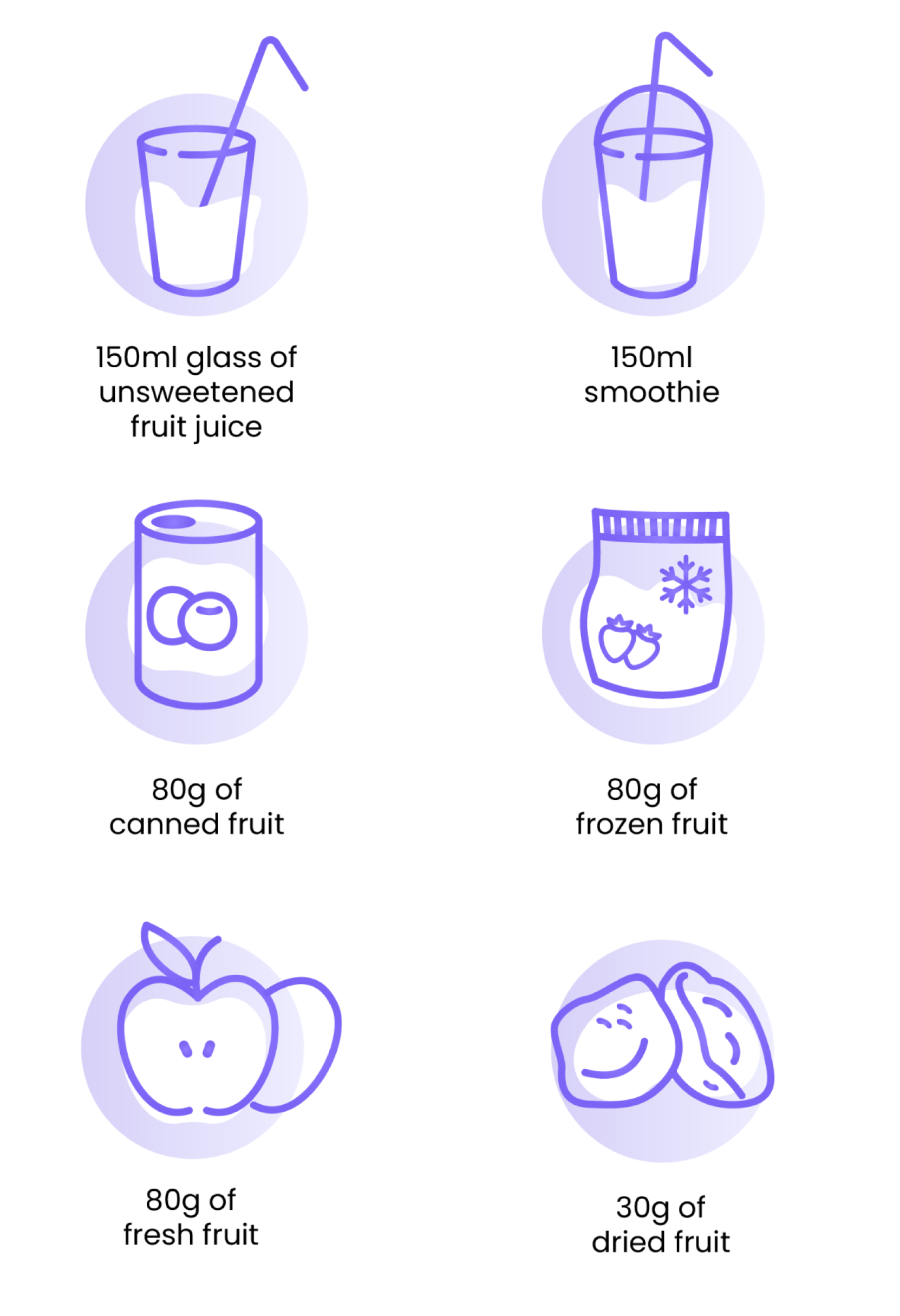
Prevention
Healthy eating – choosing the right foods to reduce NCDs
Eating well is an important strategy for preventing non-communicable diseases*
If you already have a diagnosis of a non-communicable disease, you must follow dietary recommendations given to you by your healthcare provider.
Before changing your food intake, you should always ask your GP or GP nurse practitioner for advice.
If you need to lose weight, you should follow a specific weight reduction programme that is designed to help you lose weight at a safe rate and has been approved by your healthcare provider.
The advice provided here does not apply if you have a diagnosis of Diabetes Mellitus, pre-diabetes, or impaired glucose tolerance. If you have a diagnosis of these or any other non-communicable disease (including kidney and heart disease) you must follow dietary guidelines prescribed by a physician.
Recommended daily calorie intake
Recommendations on how many calories you should consume a day differ depending on many factors, such as your level of physical activity, gender, etc. Generally, the guidelines are:
- 2,000 calories a day for women
- 2,500 calories a day for men
However, at older ages, adults require less calories.


Source* National Institute on Aging. Smart Food Choices for Healthy Aging. Updated April 29, 2019.
National Institute on Aging. AgePage: Healthy Eating After 50. 2017.
Tips for eating well
- Eat a variety of foods but try to choose mostly plant-based foods
- Eat bread, grains, rice, potatoes and/or pasta every day
- When possible, choose whole grain options
- Eat vegetables and fruits every day (5 portions a day)
- When possible, buy fruit and vegetables that are produced locally and are in season
- Try to eat less fat, both total and saturated fats
- Use unsaturated oils and spreads instead of saturated versions
- Consume low fat milk and low fat dairy products
- Eat lean meat, poultry, and fish
- Eat at least 2 portions of fish per week
- Increase your intake of beans, legumes, and pulses
- Reduce your sugar intake
- Reduce your salt intake (if you are over the age of 50, limit your salt intake to 1 teaspoon of salt per day)
- Add herbs, spices, garlic, and lemon juice as a flavour substitute for salt
- Limit the amount of alcohol that you drink
- Drink as much water as you can (aim for 6-8 glasses per day)
- Limit portion sizes
- Avoid “empty calories” (foods and drinks with a lot of calories but not many nutrients, such as biscuits, crisps, fizzy drinks etc)
- Choose healthy snacks
Fruits and vegetables – 5 portions a day
- Eat at least 5 portions of fruit and vegetables every day
- Try to eat different types of fruit and vegetables each day
- Aim to include fruits and vegetables of different colours
- Include fruit and vegetables that are fresh, frozen, canned, dried, or juiced
What counts as 1 portion of fruit or vegetables?
Fruits


Vegetables (except potatoes and other starchy vegetables*)


It is important to eat the right combination of foods so that you have a balanced diet.


Eating healthily during the COVID-19 pandemic
The COVID-19 pandemic has changed the way that some people eat.
Due to social distancing and other public health measures, you might find it difficult to do your grocery shopping. In some places Farmers´ Markets may be temporarily closed, making it difficult to find fresh, local products. Also, some people are exercising less than usual, which makes it even more important to eat well.
Tips for eating well during the COVID-19 pandemic
- Use frozen vegetables if fresh ones are difficult to find
- Look for supermarkets that do home-delivery
- Check local farm shops – they often sell fruit and vegetable bags that can be delivered to your door once a week
- Stock up your cupboards with foods that have a longer shelf-life such as eggs, pulses, root vegetables, tinned fish


